

On December 10th at 8:51pm, I received from Indrikis his final layout. A series of images, lines and plans, ready to unfold themselves like dancers. Seated, standing, lying. Drawn, printed, simulated, sculptured. Indrikis Gelzis’ sculptures are the result of a complex mechanic made of several stages. I think of a manufacturing note by reading the different points of the process. Let’s imagine a flyer offering for each step a technical instruction with its illustration.
First, the artist creates a digital drawing with the application Cinema 4D to model the shape in 3D.
The exercise is like the artist’s sculptures: only the hollow spaces remind us that it is not about painting. Line, shape. Steel, fabric. Draped, the lines draw symmetries and angles, a « full » we could almost define as flexible, between the rigidity of the material and the lightness of the weightlessness.
Then the artist prints the model to affix it with his pencil the dimensions of the different segments, to decide on the size and on the perspective.
Yes, Indrikis Gelzis’ sculptures do not touch the ground. I still don’t know what this is going to look like. If we are in front of them, these forms look flattened. When are they going to put themselves up? Or would it be rather about an aerial view in which things are indifferently big or small?
Let’s now talk about material. Touch it. Cut it, fold it, weld it, burn it, oil it.
The forms are embodied but without getting up. They swell, allow the void, we could almost say they breathe, punctuating the polyphony of the conversations. « I go from a place to another one, always in the intersection between my run away own movement and the next landscape getting closer ».
Then the artist makes the pieces of fabric will dress the elements in tension here.
As to comfort it, they come twist the stiff principle of the steel to introduce the fold. Floating, flexible, the fabric brings the color and as a second layer confirms the pictorial dimension of the display. Dress, undress. The fabric is sewing, curve, movement, curtain – setting?
Finally, the artist introduces and assembles the pieces of wood, kind of magic stands that hold everything in place.
In order for the weightlessness to exist, the shape has to confront the void. The wall sculptures are a looped partition. The rhythms meet each other and get tangled. Breathe in, breath out, breath in, breath out, pause, to the long breath succeeds the hurry, jerky and urgent back-to-life respiration after the apnea.
-Elisa Rigoulet, December 16
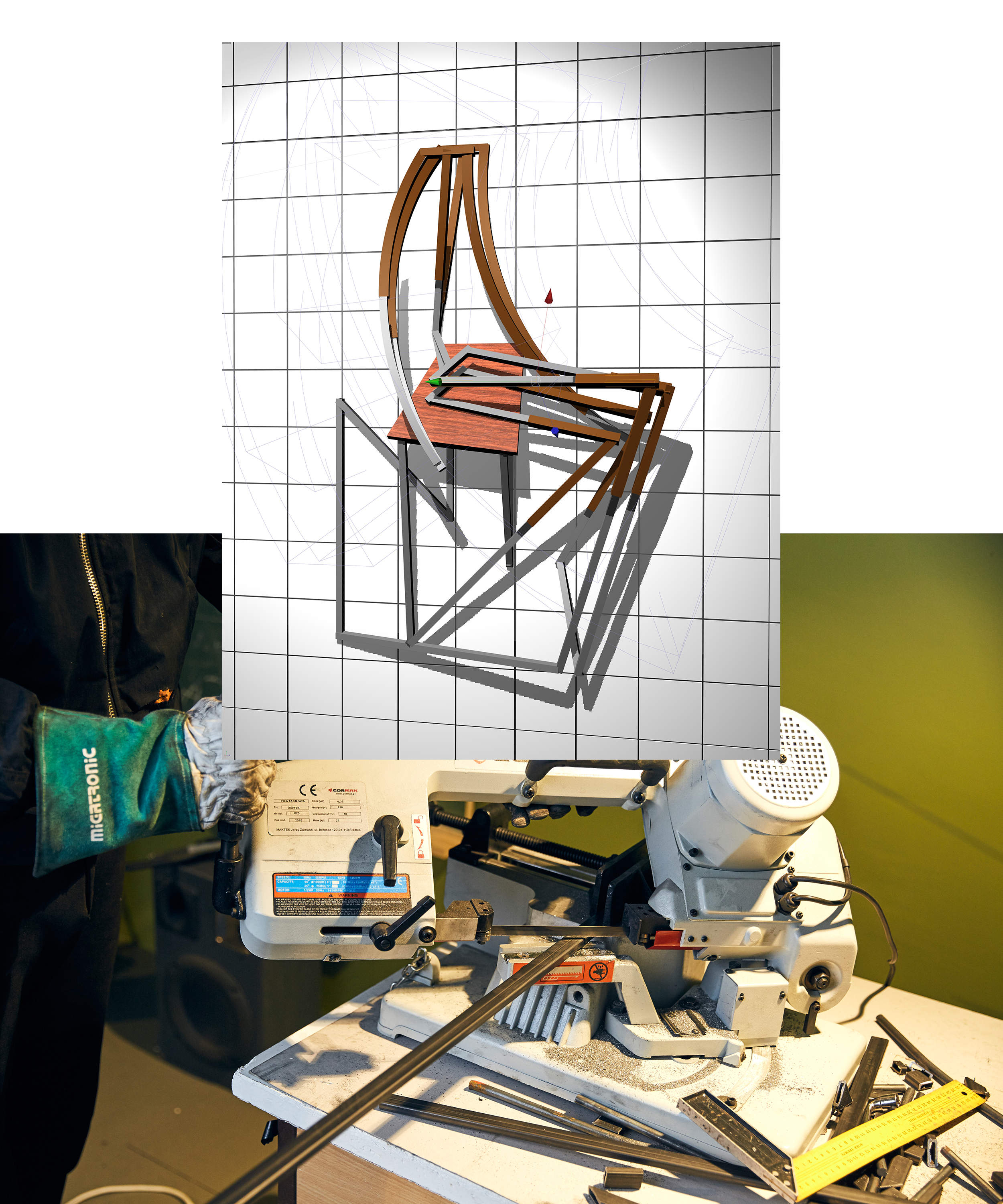

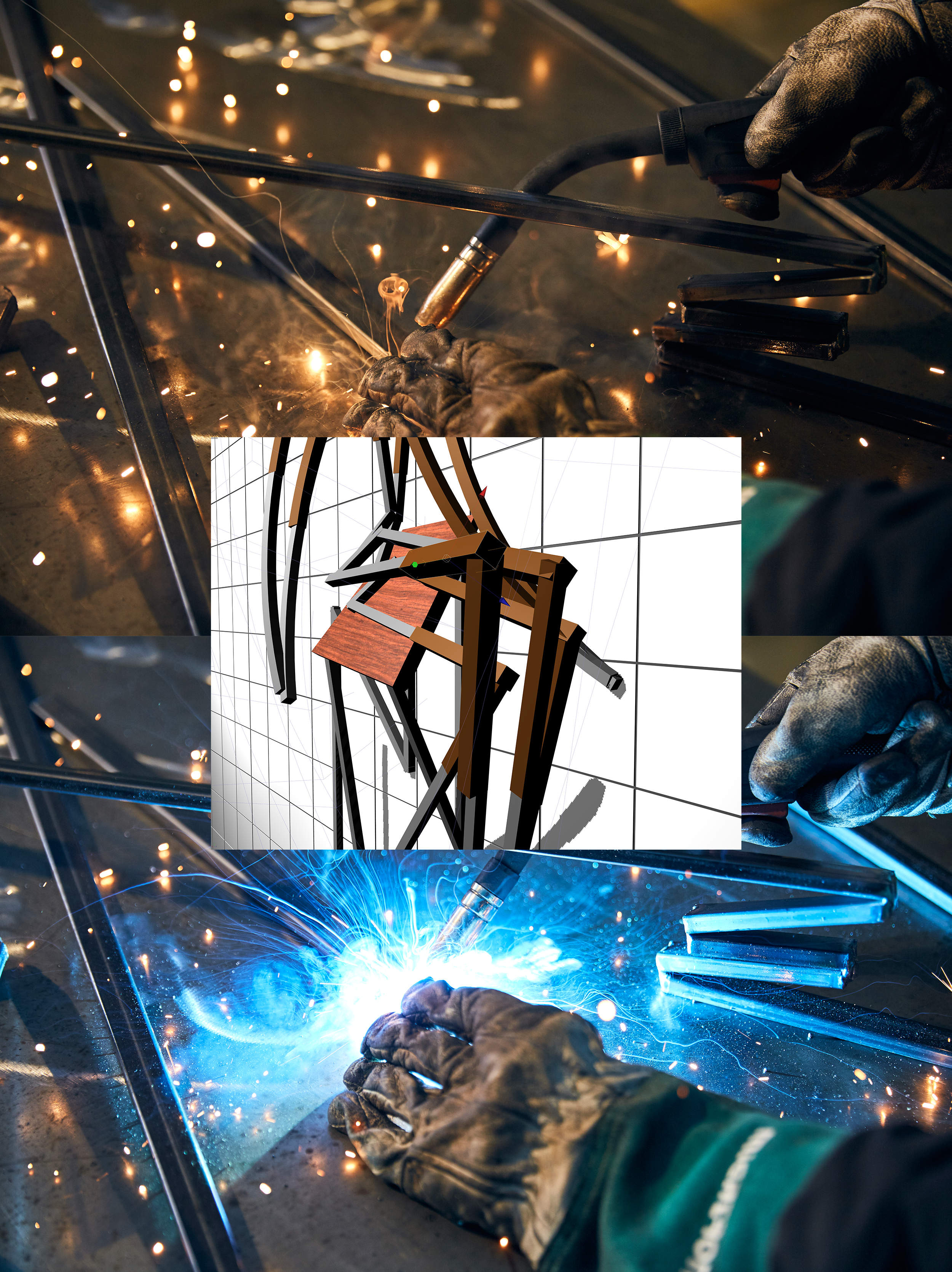
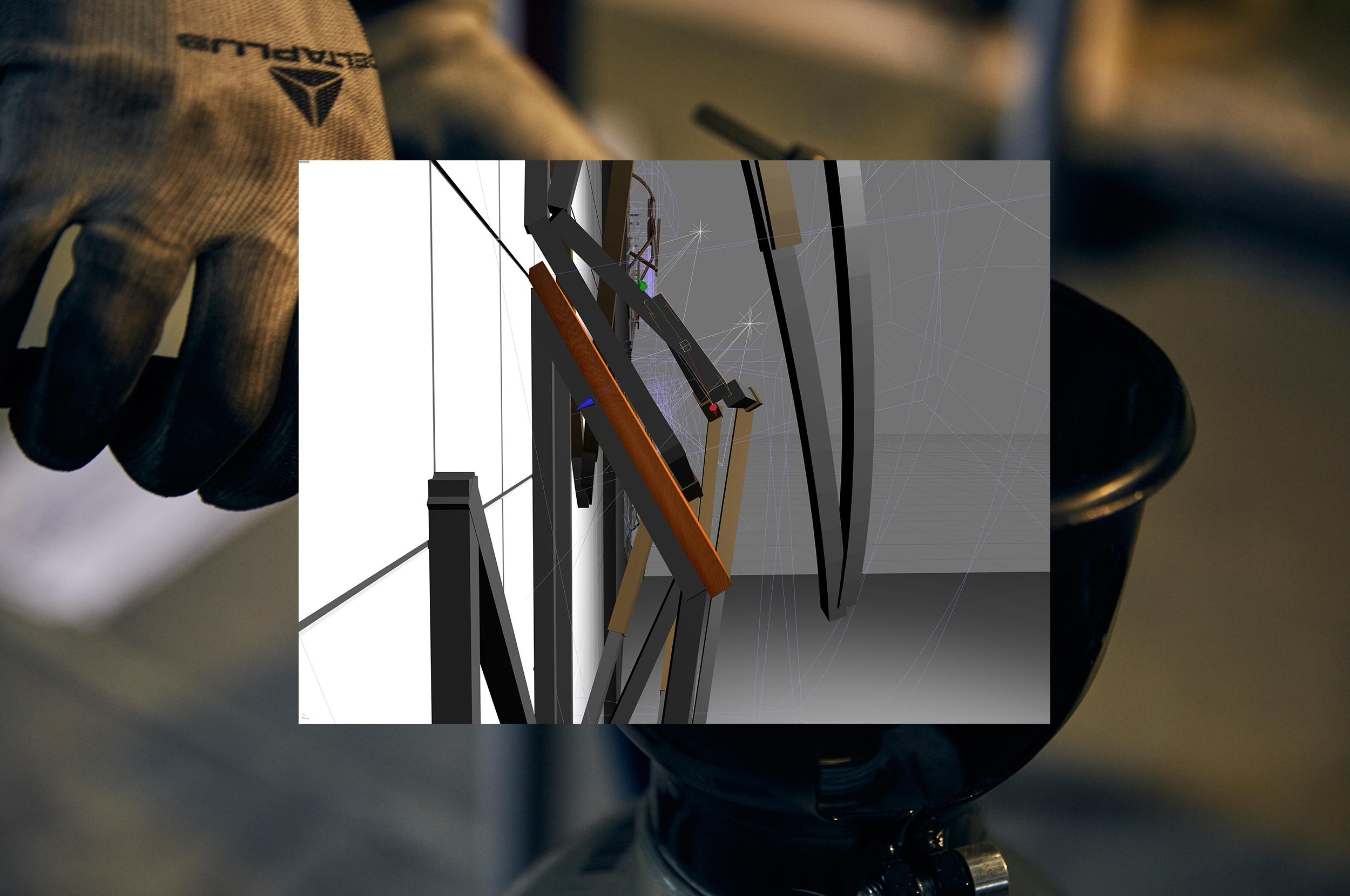
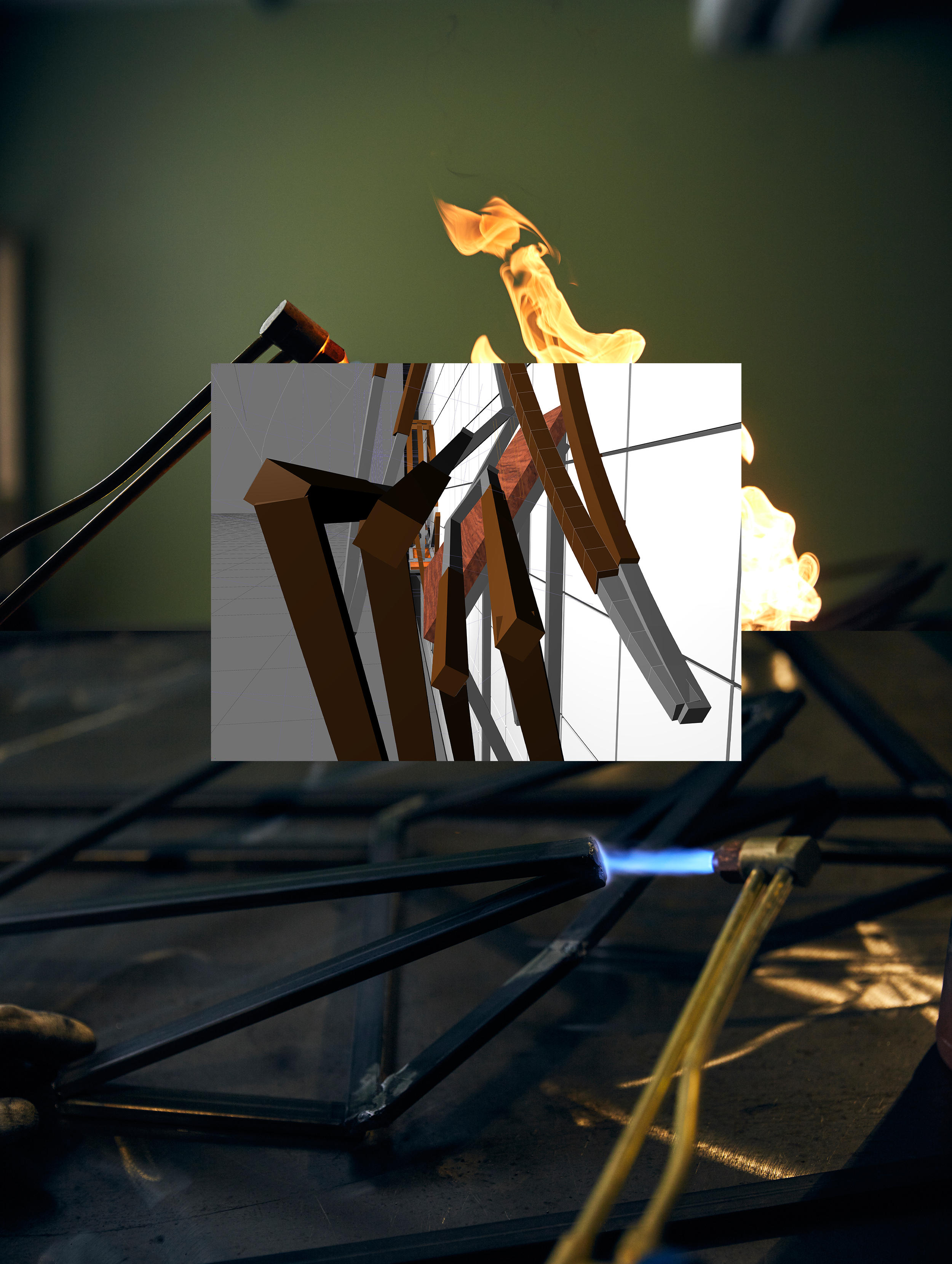
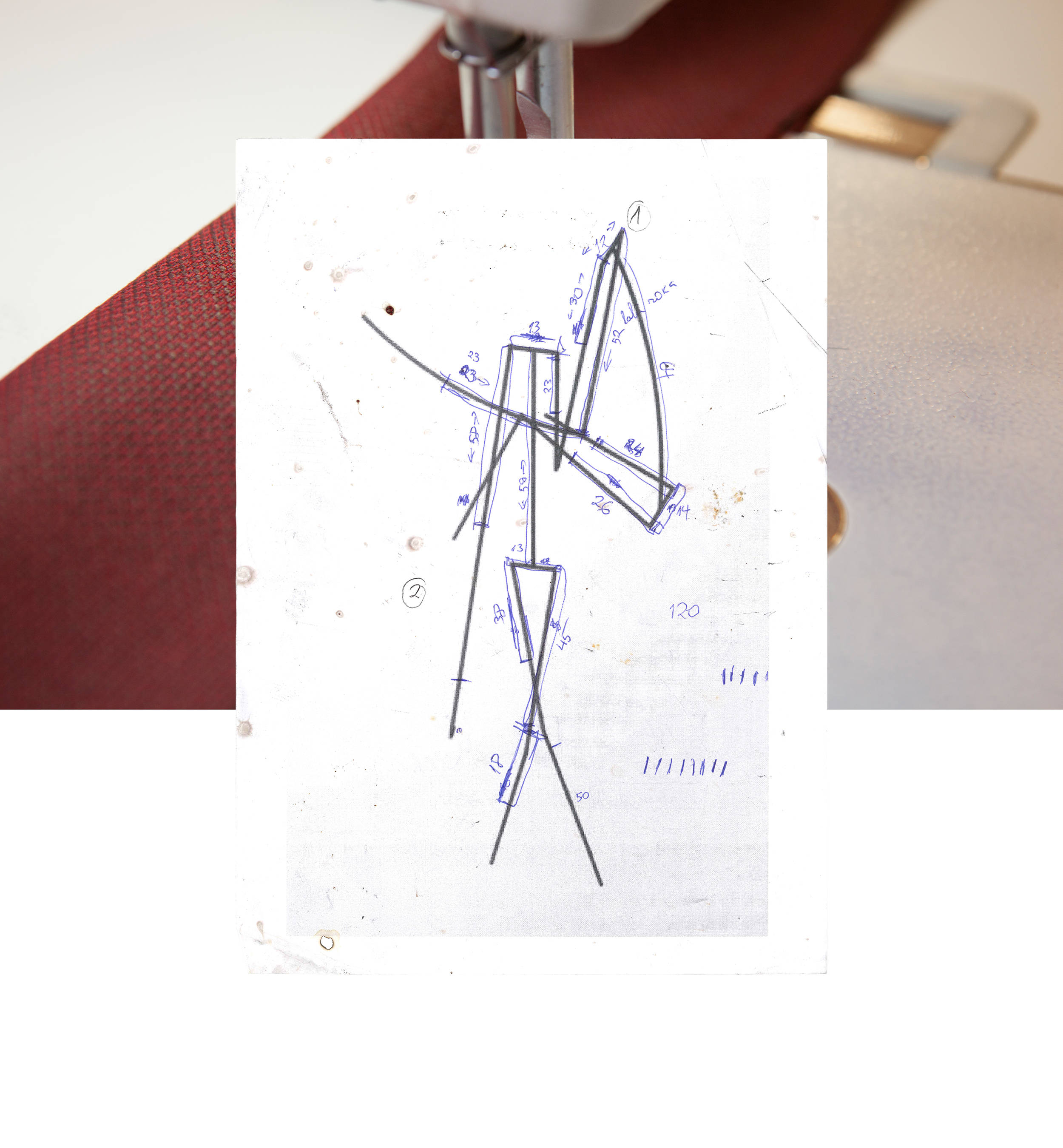
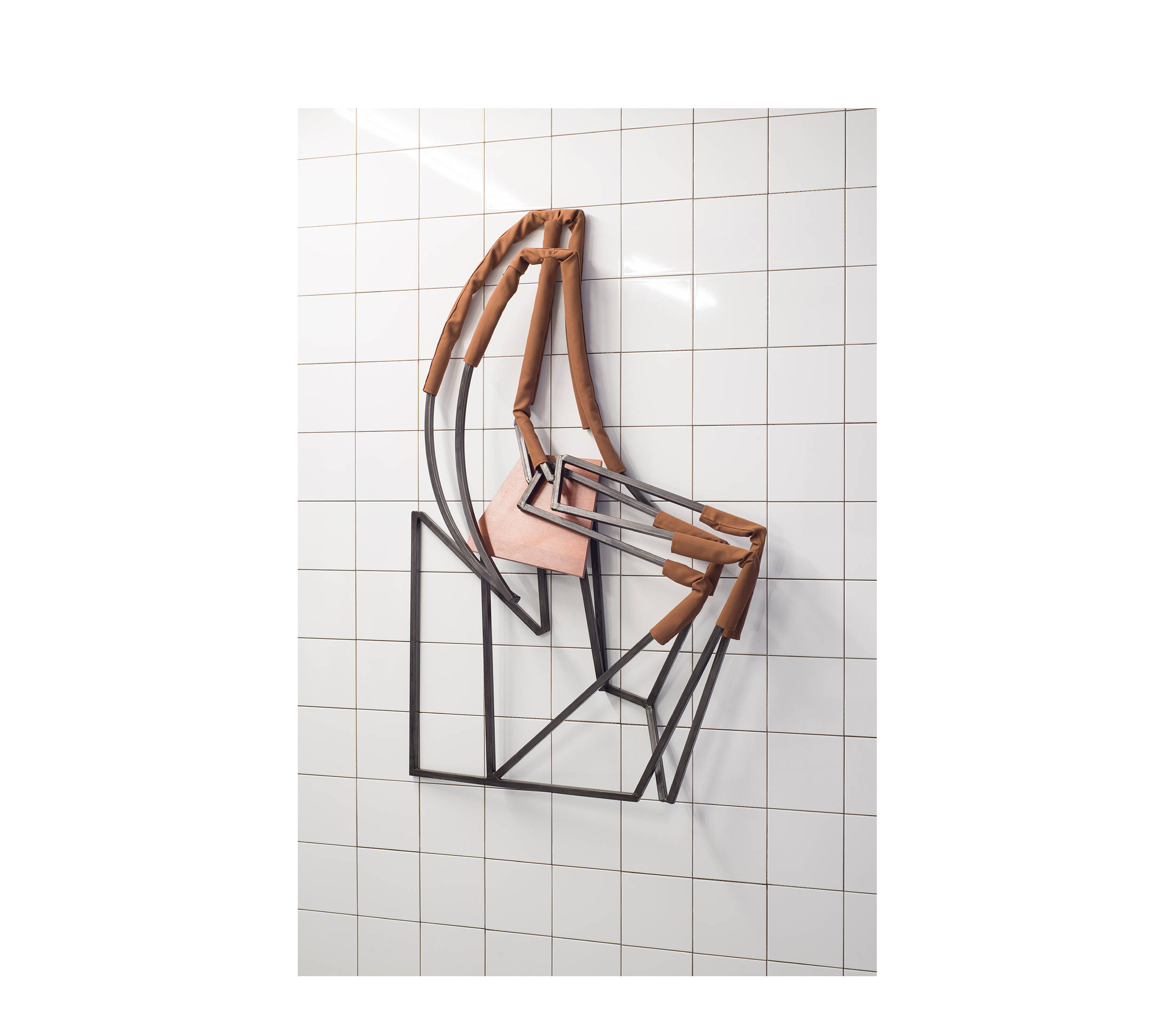
[Instrumental Intro]
[Verse 1]
Free your mind and you won’t feel ashamed
Feelin’ like a school boy, too shy and too young
We don’t need no doctor to feel so unsure much better
Give you somethin’ sweet each time can never mend
What is it just too good friend?
What is it just too good together
We could groove along and feel so unsure
[Chorus]
Never meaning to send
Never leave me reaching the end
Is never leave me
Time can never leave me reaching the end
I’m never
I’m never mend
[Verse 2]
I should have
As I take I know
I should
I wish that
What I did
‘Cause I
Yes I Oh how I Beauty I’d
I can’t Damn, I wish I
I’ll rock
I will do such things
I am stern
I sat
And I lay I was
I was sold I’d turn
I could do it
I could do it
[Chorus]
Never meaning to send
Never leave me reaching the end
Is never leave me
Time can never leave me reaching the end
I’m never
I’m never mend
-Jo-ey Tang, 2 September 2017
Photos by Martins Cirulis

